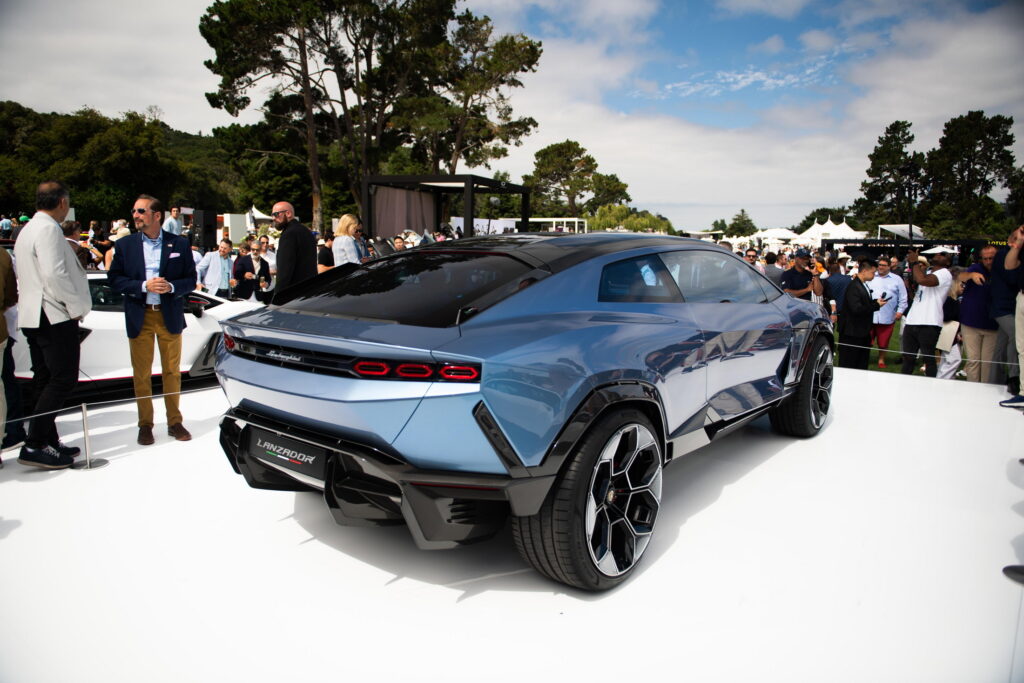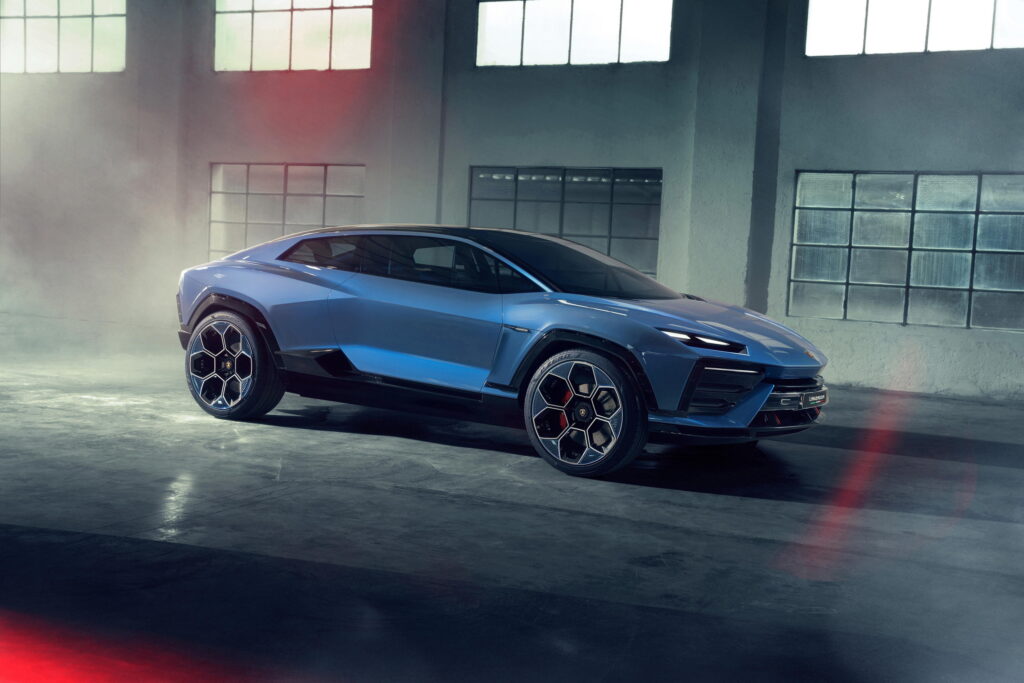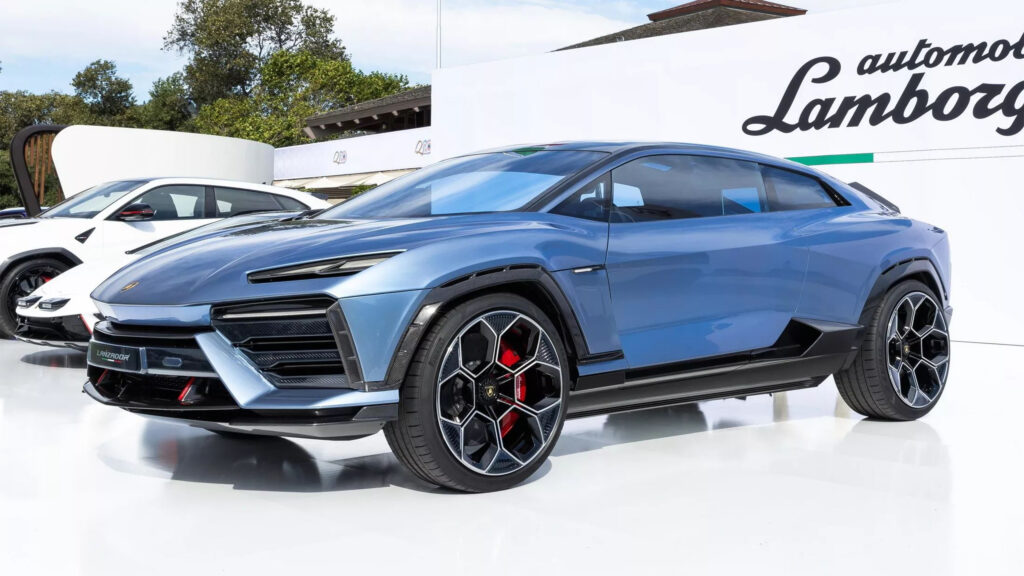In a time gone by, Lamborghinis were known for being loud and very quick in a straight line but perhaps not so poised when it came to handling. However, as the brand enters the age of electrification, it is shifting its focus to providing the ultimate driving experience and impressive cornering credentials. Battery-electric vehicles will help it achieve this.
At the recent Monterey Car Week, Lamborghini unveiled the electric Lanzador. It is a two-door, high-riding crossover that will spawn a production model in 2028 and serve as the brand’s fourth model. Given that it doesn’t have a combustion engine like the Revuelto, Huracan, and Urus, Lamborghini is exploring other ways to make it fun to drive. This includes giving it a torque vectoring system that can be adjusted on the fly by the driver.
“With electric torque vectoring and wheel speed control, you have greater possibilities for handling because it won’t have the time delay of combustion drivetrain,” Lamborghini chief technical officer Rouven Mohr told The Drive. “Now we can make it do what we want immediately.”
Read: The Lanzador Is A New Kind Of Lamborghini, Looking For A New Kind Of Customer

Lamborghini’s idea is to repurpose paddle shifters to tweak the amount of torque vectoring going on at the rear axle at any given time.
“In one of the driving modes, you can modify with the paddles the torque vectoring of the rear on the fly,” Mohr added. “So you’re driving in the corner, you pull the paddle, woof, you move torque from the inner side to the outer side. So you play with the yaw distribution. This is not possible in the combustion car.”
Mohr added that Lamborghini isn’t interested in trying to replicate the dynamics of an ICE car in an EV. Instead, the firm wants “to find something that’s the next step, that’s differentiating the driving behavior.” This could mean that the company won’t do as Hyundai has done with the Ioniq 5 N, giving it a simulated eight-speed transmission with paddles and exhaust sounds produced by speakers.
“Our philosophy on the steering wheel is we have two layers,” Mohr noted. “Everything that is related to the driving experience is on the steering wheel. On this, we have two categories of manipulations. We have the dials that are influencing the setup of the car. And then with the paddles, we are thinking about functionalities that you can change the behavior in each corner several times because then you can really interact with the car in a different way.”




